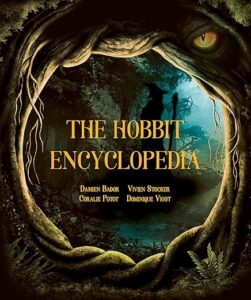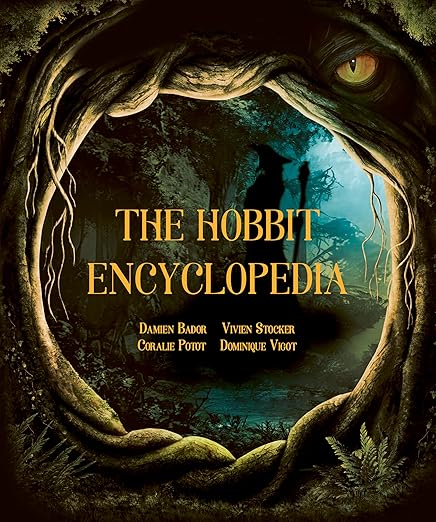
The Hobbit Encyclopedia by Damien Bador, Coralie Potot, Vivien Stocker, and Dominique Vigot. Translated by Alayne Pullen and Matthew Clarke. Frances Lincoln, 2023, 336 pages, $18.69.
Quite a few books that were lost on me as a young reader have come to be cherished, read, and reread through the years. In my case, I can point to the novels of Austen and Eliot, which made for dreary reading earlier in life but have long since become treasured literary companions.
Within the last several years, Tolkien has joined their ranks. Our introduction did not go well. I completed The Hobbit in high school only under the threat of a failing grade. I reread it again not too many years later with little interest. Fairies, elves, and wizards were never my thing, not even as a child. Several attempts to get through the first installment of The Lord of the Rings ended in failure. The world of fantasy was of no interest to me.
This has now changed. While reading a major biography on C. S. Lewis several years ago, I became interested in the history of the Inklings, which led to a growing interest in Tolkien, the man and author. His Catholic faith, imagination, and far-reaching influence led me to revisit The Hobbit and then to move swiftly through The Lord of the Rings.
If I had had The Hobbit Encyclopedia, my earlier encounters with Tolkien might have fared far better.
The comprehensive and beautifully illustrated encyclopedia assists readers to grasp the scope of the world Tolkien created. The volume is arranged under these headings:
- Characters
- Peoples and creatures
- Languages and writing systems
- Objects and constructions
